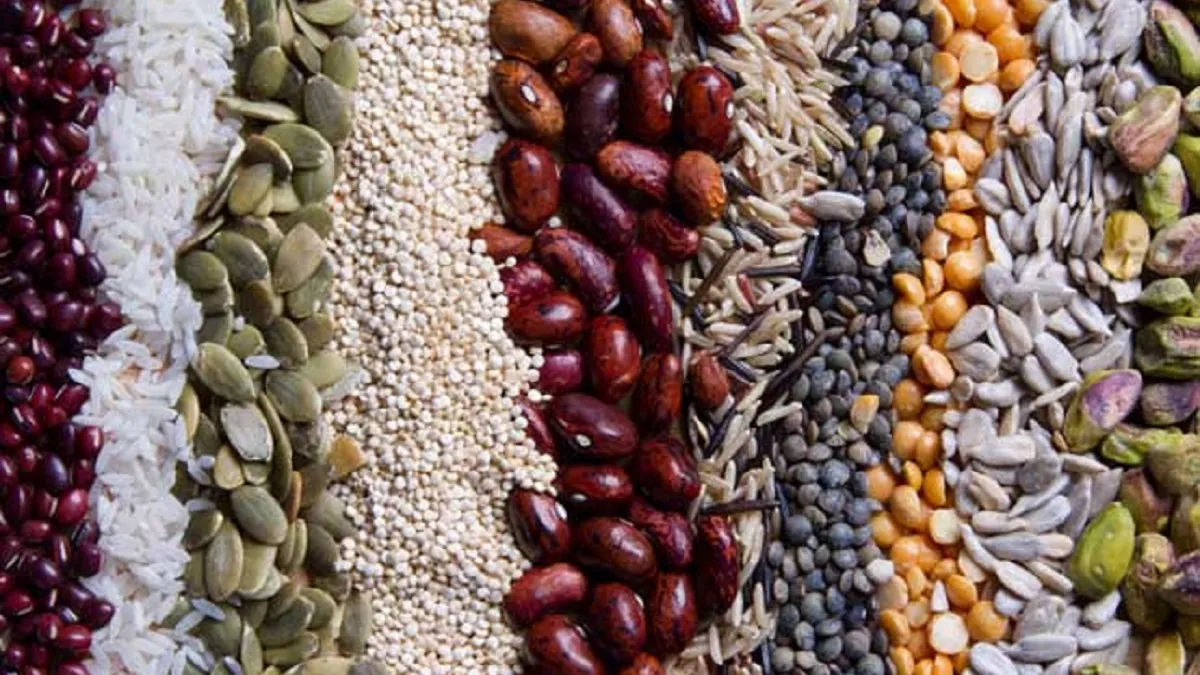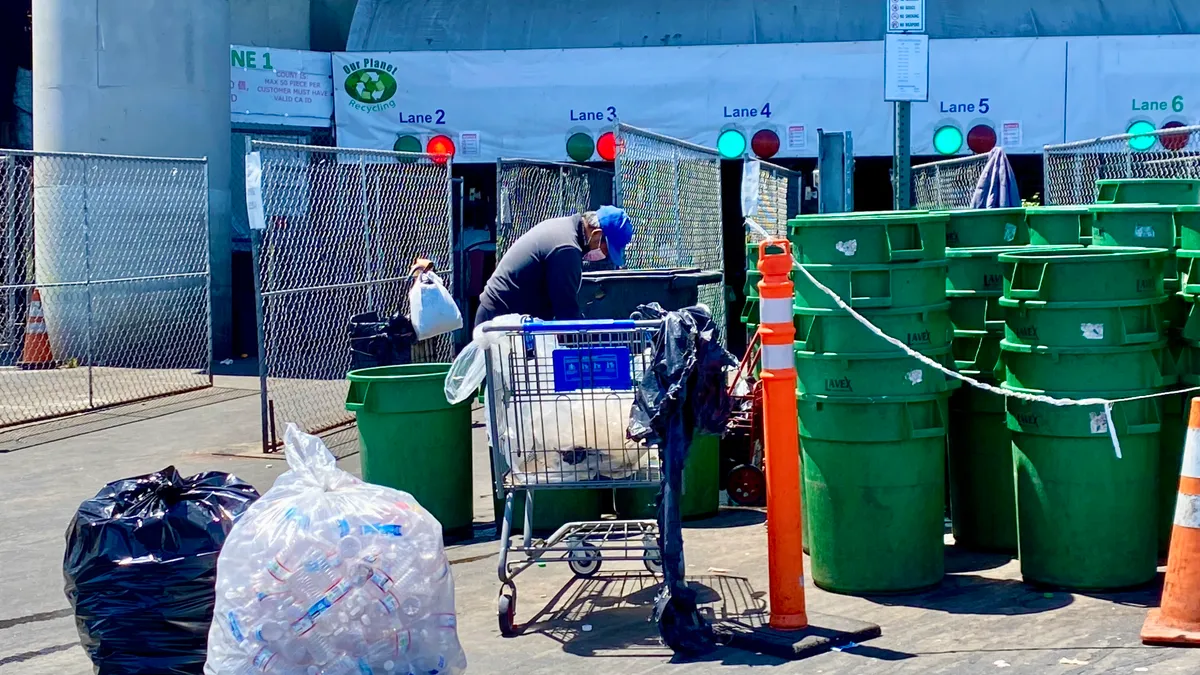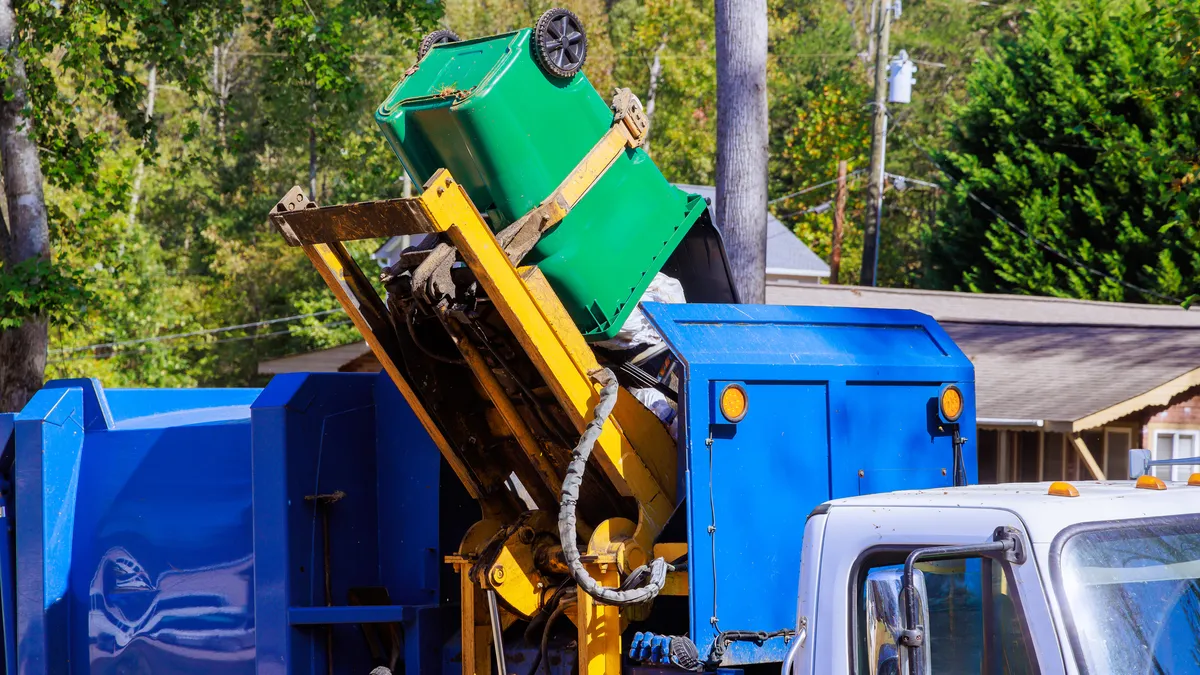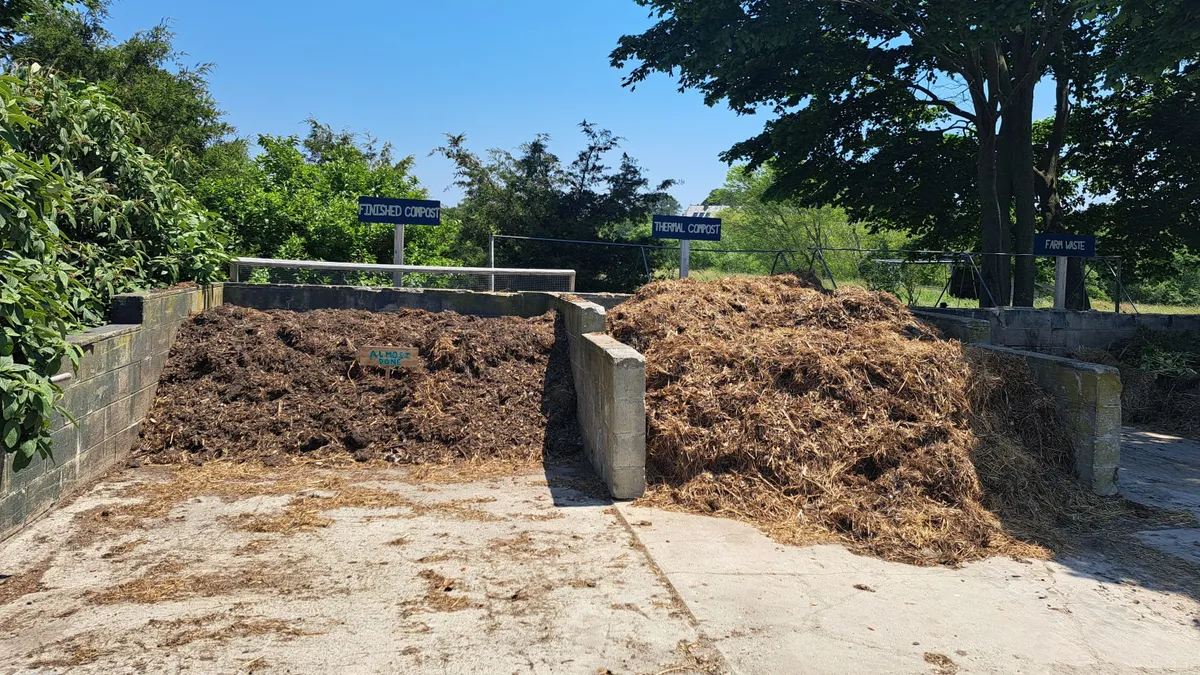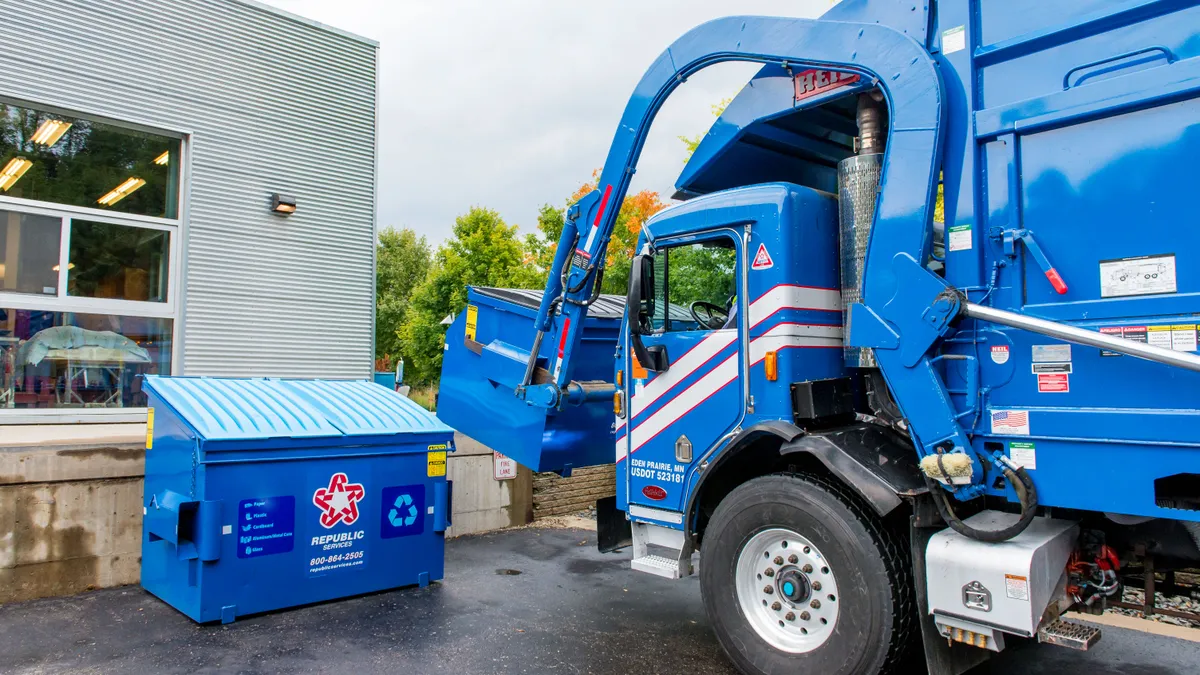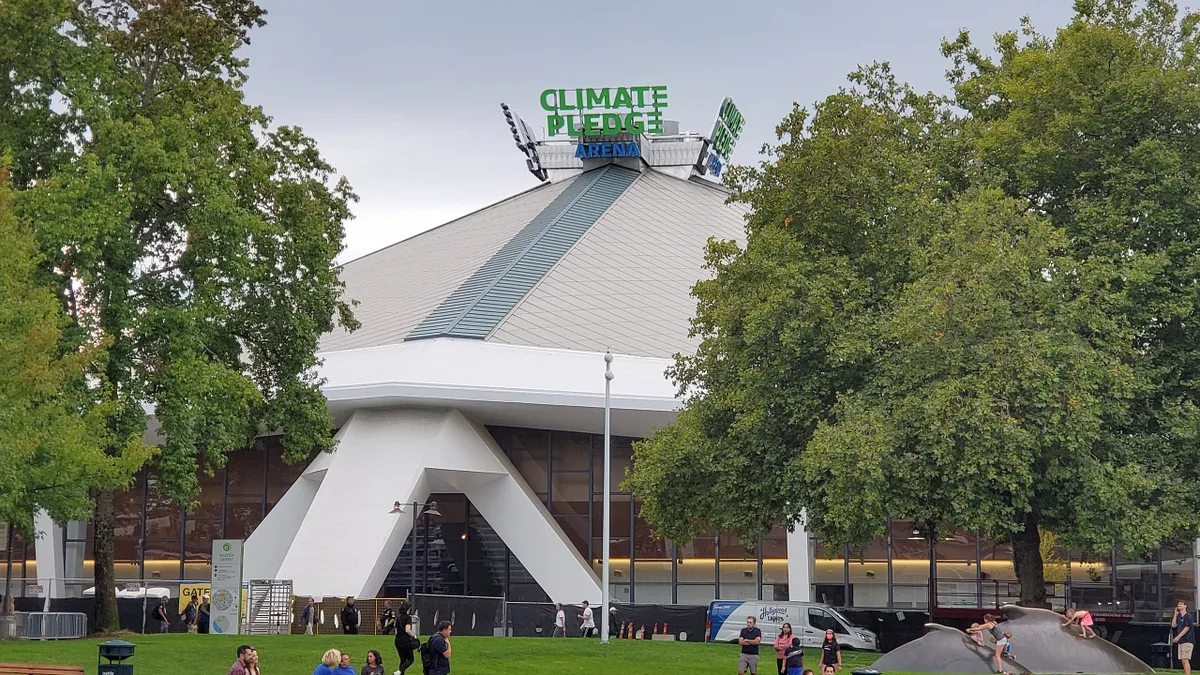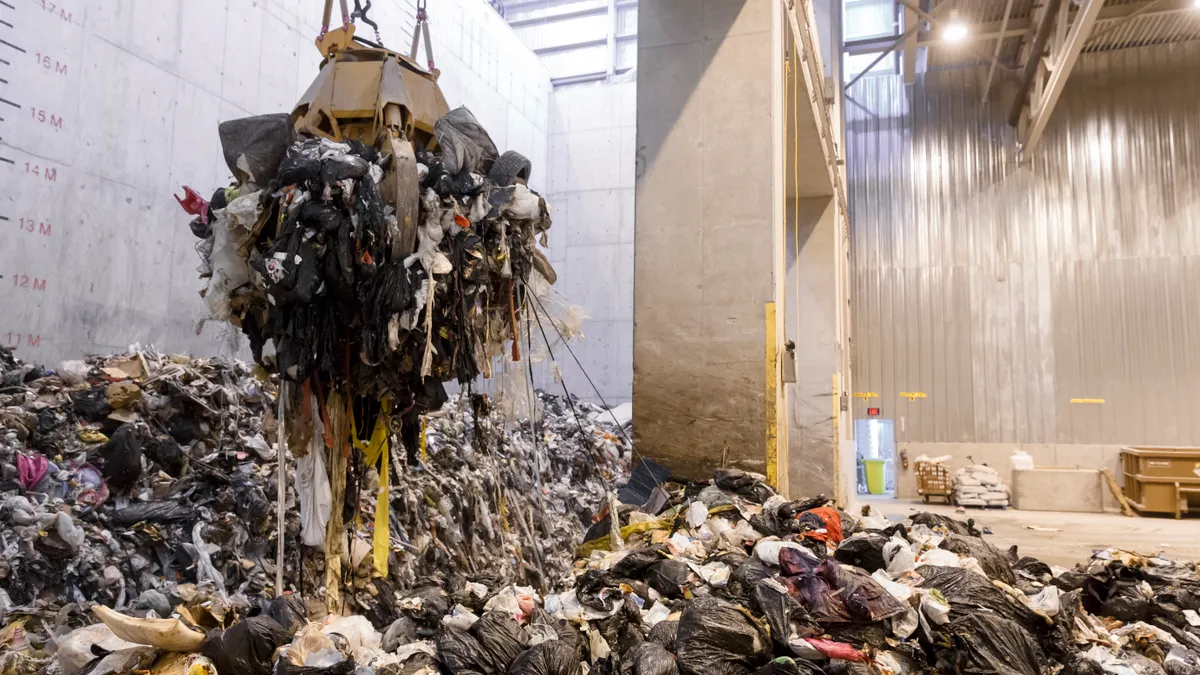The World Bank has forecasted that the world may need 50% more food to eat by 2050 as populations across the globe increase and climate conditions change.
This statistic can be frustrating for a waste professional who comes face-to-face with the topic of food recovery day after day, month after month— especially since the USDA and EPA introduced a 50% food waste recovery goal by 2030. According to these two organizations, 133 billion pounds of food is wasted annually (which also imposes a waste of more than 25% of total freshwater consumption from growing that food). The tonnage of actual edible wasted food rounds to about 70 billion pounds according to nonprofit Feeding America. Therefore the industry, organizations, and citizens may ask — if there are 70 billion pounds of food being tossed away each year, why aren't we utilizing that waste to stop hunger?
Well, a two-step approach of "save wasted food then give it to the hungry" is not so simple. From collection complications to health liability issues, redirecting food into the stomachs of hungry people takes time and contributions from many players, including restaurants, manufacturers, grocery stores, faith groups, and food banks.
"The food recovery problem has so many more facets than our conventional waste management … In food, there are an awful lot of people that have a stake in this game," said Will Sagar, executive director of the Southeast Recycling Development Council (SRDC), in a SWANApalooza session titled "Why Food is Wasted and What to Do With It." That's why Sagar joined leaders from EPA, Feeding America, and Normandy Waste Management Systems to discuss this issue and present ideas to combat in the U.S.
The challenges (and opportunities)
Saving edible food from going to the landfill comes with many challenges, such as securing financing to scale strategies, implementing policy changes, adopting innovations, and educating consumers and stakeholders on opportunities and consequences.
Regarding education, there is a large gap of knowledge on how to tackle the food waste issue, and changing habitual behavior is not an easy task. "One of the great things about food is that everyone thinks they know about it, but the horrible thing about food is that everybody thinks they know about it," said Cheryl Coleman, director of the EPA's Resource Conservation and Sustainability Division. Under Coleman, the EPA has a goal to halve the average consumers' food waste from 218.9 pounds to 109.4 pounds annually—a task that seems nearly impossible without completely changing wasteful habits that so many consumers have practiced for years.
It's crazy to think that the average US resident tosses 200+ pounds of food each year WHAAAAAT?! pic.twitter.com/CZFO7WTbZo
— Kristin Musulin (@WasteDiva) April 6, 2016
Another challenge is dealing with the rapidly changing environment. Feeding America reports that food waste accounts for about 20 million metric tons of greenhouse gas emissions, while the Potsdam Institute for Climate Impact Research warns that 1/10 of the agricultural industry's emissions will be traced back to the production of wasted food if there is not improvement by 2050.
How Feeding America is combating the issue
Despite so many obstacles, Feeding America is tackling food waste and hunger one day at a time by utilizing food donations to supply food banks across the country and offer meals to those in need.
"Food banking is here to stay. It is unfortunate. We used to say we’re going to end hunger — and that's our goal, we also want to end hunger, but it's how do we do that?" asked Amy Kosar, senior account manager of retail product sourcing at Feeding America. Kosar, who has worked in food banking for 10 years, has learned the entire scope of the process from partnering with big corporations to finding creative ways to get meals on the table. She's also learned the value of food banking and the importance it plays on the EPA's hierarchy for food recovery.
Feeding America works with various donors and large manufacturers from across the nation, including Kraft and ConAgra, to collect food that would have gone to compost or a landfill and turn it into a meal. In order ensure that the donors do not get sued for donating food that is potentially spoiled, each donor is covered by the Bill Emerson Good Samaritan Food Donation Act.
"This gives confidence to donors," said Kosar. "We've never had this tested in a court of law, and I hope that we never do, but it is a great way to let folks have comfort in knowing that they can donate to our food banks."
Additionally, an extra incentive is the (recently enhanced) permanent benefit tax deduction granted to companies for donations of food. According to Kosar, 15% of adjusted gross income can now be taken in tax deduction for food donations — a number that used to be 10% and was getting renewed every few years. Through these protections and incentives (and also through developing creative ways to repurpose donated food), Feeding America has managed to divert 2.6 billion pounds of food from the landfill, resulting in 2.1 billion meals.
Outside of working with corporate partners, Kosar has educated communities about wasted food. "I spend more time than I'd like with my head stuck in a compost bin behind a grocery store talking about, 'Well those bananas look perfectly fine, why did you compost them?,' " she said.
Overall, she explained that the daily work being done at Feeding America is so important, "not only because it's the right thing to do, but because it has a bigger impact than just feeling good about feeding people."
What else can be done?
While food banking has been a successful operation, it is not the only option to ensure food is consumed instead of tossed; not buying or taking the food in the first place is a surefire way to reduce the waste. Coleman said that one university removed food trays from cafeterias, forcing students to get up to collect more food instead of loading as much as possible on a tray. That simple act created a 75% food waste reduction in as little as 6 months.
Making sure to utilize all parts of the food is another way to reduce waste. For example, Sagar said that packaged baby carrots are a red flag because, of course, the carrots did not grow that way. Instead they were shaved down and the scraps, more likely than not, were tossed. By purchasing whole foods instead of pretreated or precut produce or products, waste can be reduced.
And, even if wasted food is considered unedible—such as "product yield losses" from production—simply tracking it can help companies significantly cut waste, according to Jim Selvey, president of Normandy Waste Management Systems.
"With shrinking margins and increased supply chain volatility, it's crucial for food businesses to take steps to understand where food waste is occurring in their value chains — and invest in solutions to reduce it and recover profits," reflected Deloitte Consulting director Kyle Tanger in the ReFED report.
The waste industry is taking the approach that, while halving food waste in less than 14 years seems like a grueling mission, many little steps will allow for the nation to decrease hunger, and likely save the planet.
"There are simple things that can be done," said Coleman. "Let’s just get together and do it."



